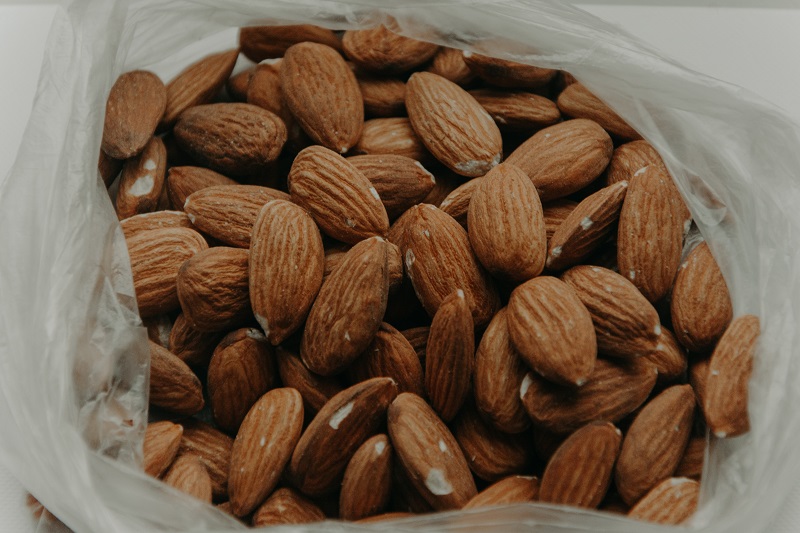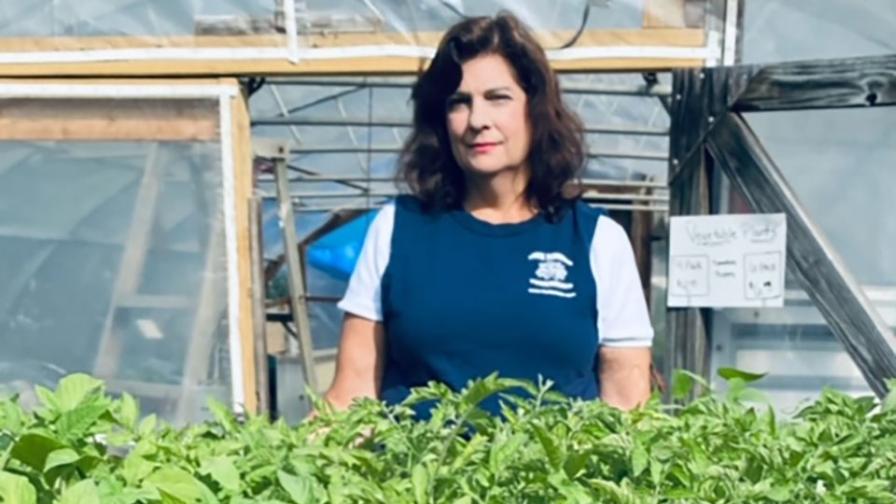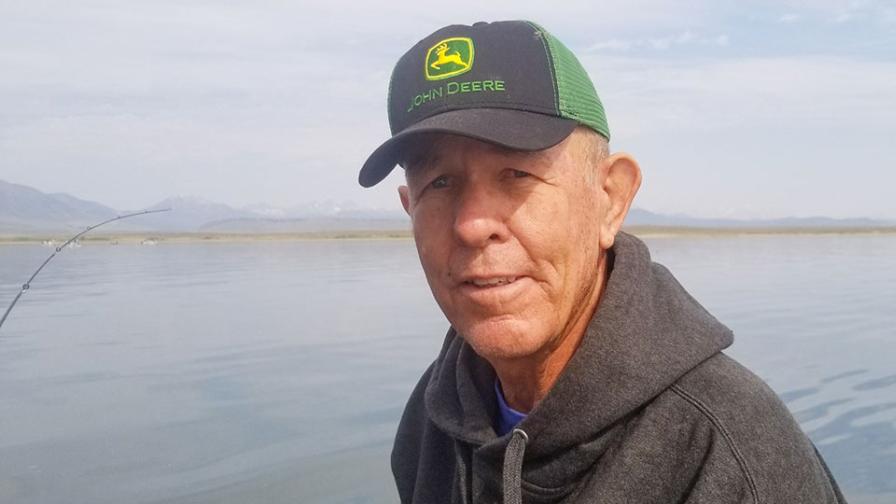Who Are Today’s American Vegetable Growers? This Survey Digs Deep
What does it mean to be a vegetable grower in North America in 2021?
If you look at the most common responses from American Vegetable Grower’s annual State of the Vegetable Industry Survey, a grower’s operation:
- Is between 25 and 50 years old (39% of all growers)
- Has less than 25 acres (47%)
- Has a direct-to-consumer division (74%)
- Grows tomatoes (63%)
Naturally, that’s not the whole story. To learn more, we talked with three growers who match all of these statistics.
Meet Kimberley Plemmons, Sott Shacklett, and Bryce Frei. They may have a few things in common, but also demonstrate just how diverse our industry is.
Kimberley Plemmons, Chuck Plemmons Perennials, Spartanburg, SC
Kimberley Plemmons specializes in growing young plants — both vegetable and ornamental — in her greenhouses
and open fields for other growers and for consumers.
Her farm customers don’t have greenhouses, so Plemmons is able to support them with starts.
As for consumers, she’s finding they require a bit more work than growing and selling.
“Millennials are wanting to start their own gardens,” she says. “They Google what they need to know. Unfortunately, most of the info is out of California.”
Spartanburg, SC, is on a USDA Hardiness Zonal line, nothing like California’s growing climate.
“You have to educate them,” she says.
Unlike many growers who sell to consumers, Chuck Plemmons Perennials production grew less than 5% this past year. Mother Nature is to blame.
“In a week’s span, we had a flood, then 24 hours later had a tornado, then a snowstorm within a week. We even had an earthquake in August.”
But another reason her production was flat is due to changes she made.
“We used to have a smaller pack size. Now we grow more individual plants for the home gardener. It decreases production,” she says.
Bryce Frei, Frei Family Farm, Santa Clara, UT
Located in the southwest corner of Utah, Frei Family Farm grows an array of crops for its on-farm market. Its business model is 100% direct to consumer.
There’s not much competition for Bryce Frei, President.
“Our market is in a non-ag community. We’re in an island of housing,” he says.
To meet demand, Frei supplements his own crops with produce from outside growers. Since there are so few growers nearby, he will buy crops from as far away as Grand Junction, CO, or Northern Utah.
The market opens Memorial Day weekend and runs through to Halloween, although it will keep going as long as harvests and weather allow. In 2020, the market stayed open until almost Thanksgiving.
He grows a wide array of crops, including some you would not expect in a desert location, like kohlrabi and kale.
“I’m a curious grower. If someone asks, ‘Why aren’t you growing this?,’ I’ll give it a try,” he says.
Which is how he found out kale does surprisingly well in his sizzling climate. He plants it early, but it survives August to thrive again in fall.
Frei grows several of his vegetable crops using plasticulture and drip.
“We’re very fortunate that we have a reservoir, built in the 70s, that’s a 1,000-foot elevation above us. The water is pretty clean,” he says.
Frei Family Farm also has a small stone fruit orchard.
Scott Shacklett, Inyokern, CA
Scott Shacklett, AKA, Tomato Man, sells his crops at six certified farmers markets in California. Two are small, local ones not far from his Inyokern, CA-based farm (about 90 miles east of Bakersfield). The other four are much larger and scattered around the Bay Area.
“It’s a six-hour drive for us to get there,” he says.
Shacklett grows cantaloupe, watermelon, onion, summer squash/zucchini, and fresh tomato. But 90% of his income is from tomatoes.
He grows five varieties of tomatoes — three slicers and two cherries — in greenhouses that take up a bit more than a half-acre.
“We harvest around a ton of tomatoes a week,” he says.
He also grows pome and stone fruit, with peaches dominating.
As for growing practices, Shacklett is a big believer in soil health.
“I’m a soil fanatic. That’s what I really focus on. We sell flavor, but what consumers don’t realize is they’re getting flavor because they’re getting maximum nutrition from the soil,” he says.
Who Do You Sell To?
Most of these categories held steady when compared to past years. One customer group took a hit, however: food service. Just four years ago, 21% of vegetable growers sold to this sector. Last year, as the pandemic forced schools and restaurants to close halfway through the time we collected survey responses, it dipped to 16%. A full year into the pandemic, that figure is now at 12%, perhaps a healthier number than most would predict.
- Direct to Consumer 74%
- Supermarkets 32%
- Local Distributors 27%
- Canning/Processing 16%
- Food Service 12%
- Warehouse Clubs 10%
The 2021 American Vegetable Grower
Who are American vegetable growers? This year, we let our 2021 State of the Vegetable Industry give us the answers. We found growers who personify the most common answers for each segment and talked to them to learn more about them and their operations.
What did we find?
As you’ll see in more articles posted this month, no single American vegetable grower is like any other. They may share common experiences, but how their interpretation of what it means to be a modern farmer is gloriously diverse.
2021 State of the Vegetable Industry
- Total Responses: 971
- Grower: 564
- Grower/Packer: 162
- Supplier or Shipper/Processor: 24
- Researcher or Advisor: 99
We wish to thank our sponsor for its support of our 2021 State of the Vegetable Industry reporting.















